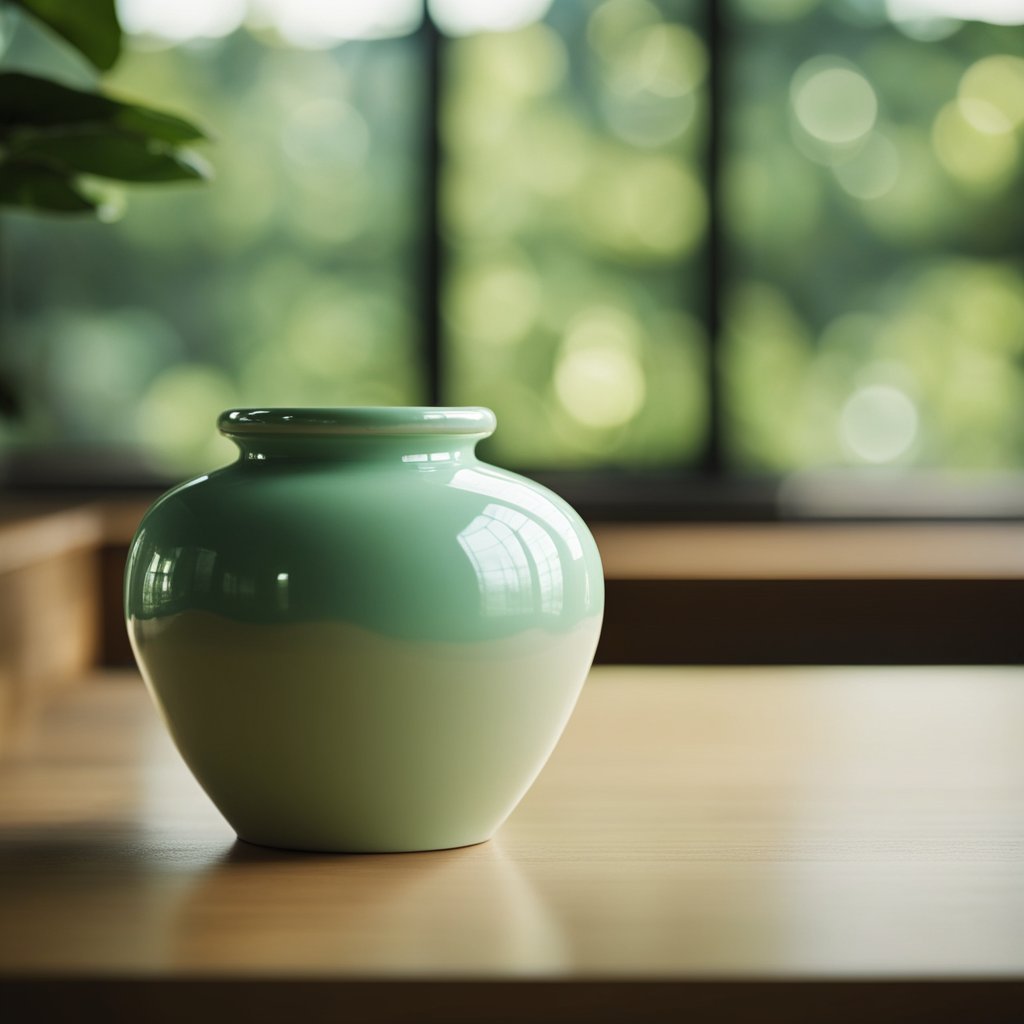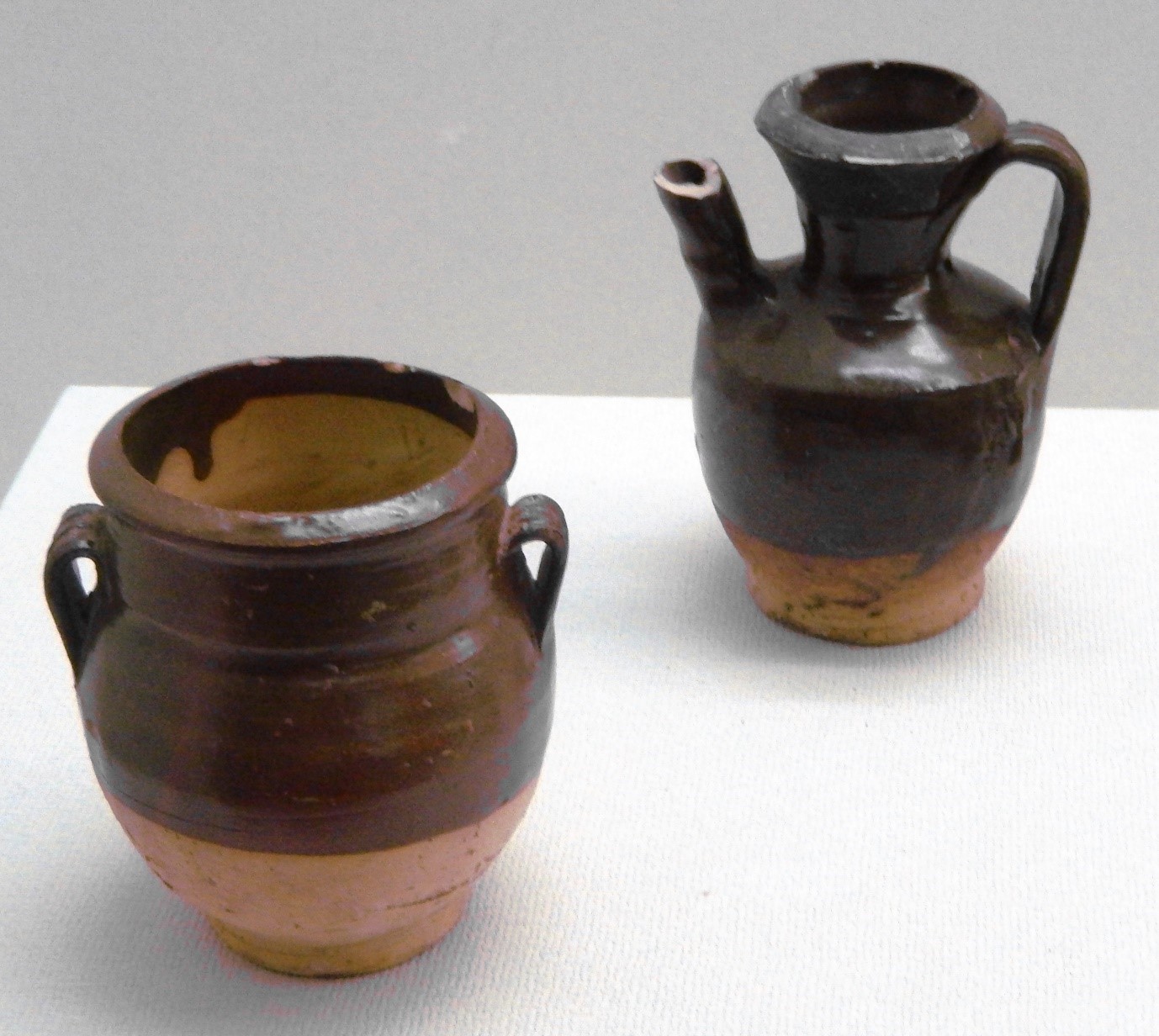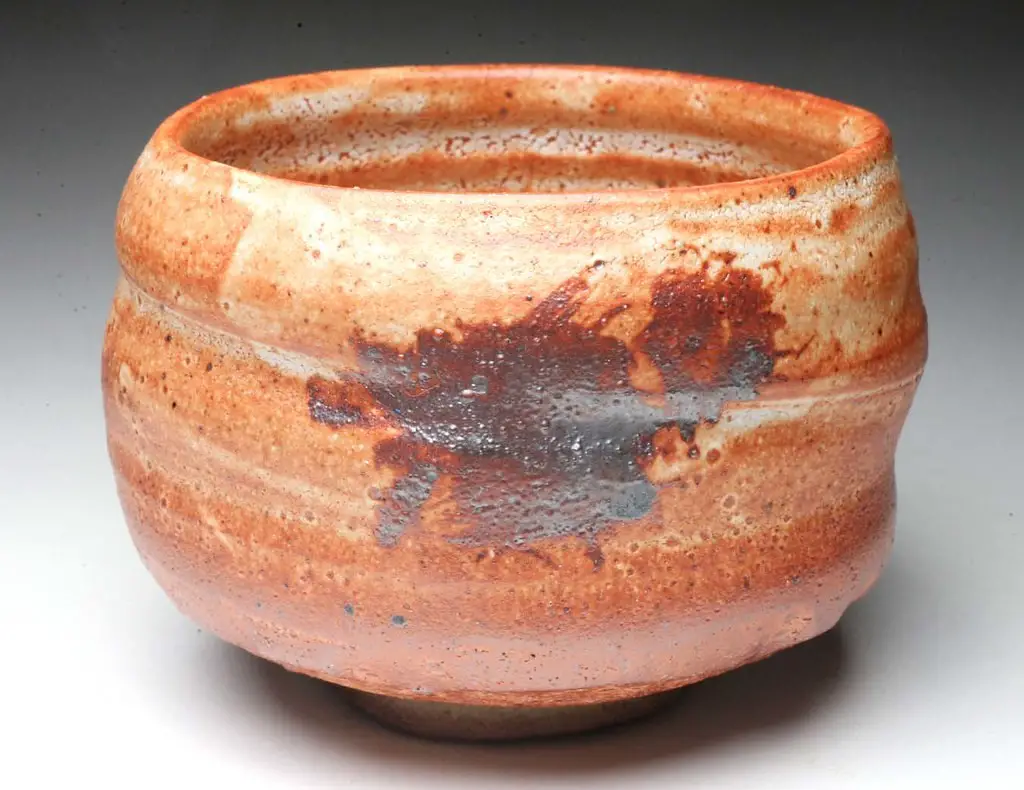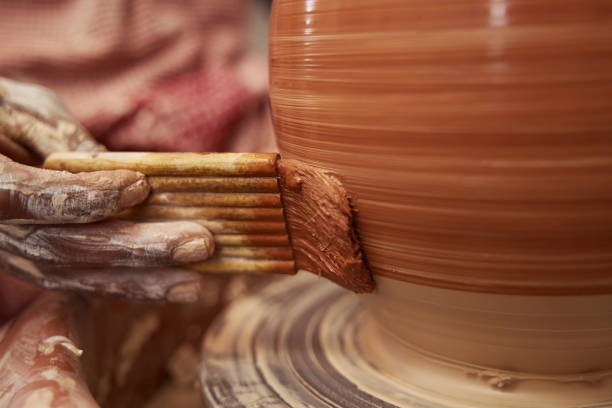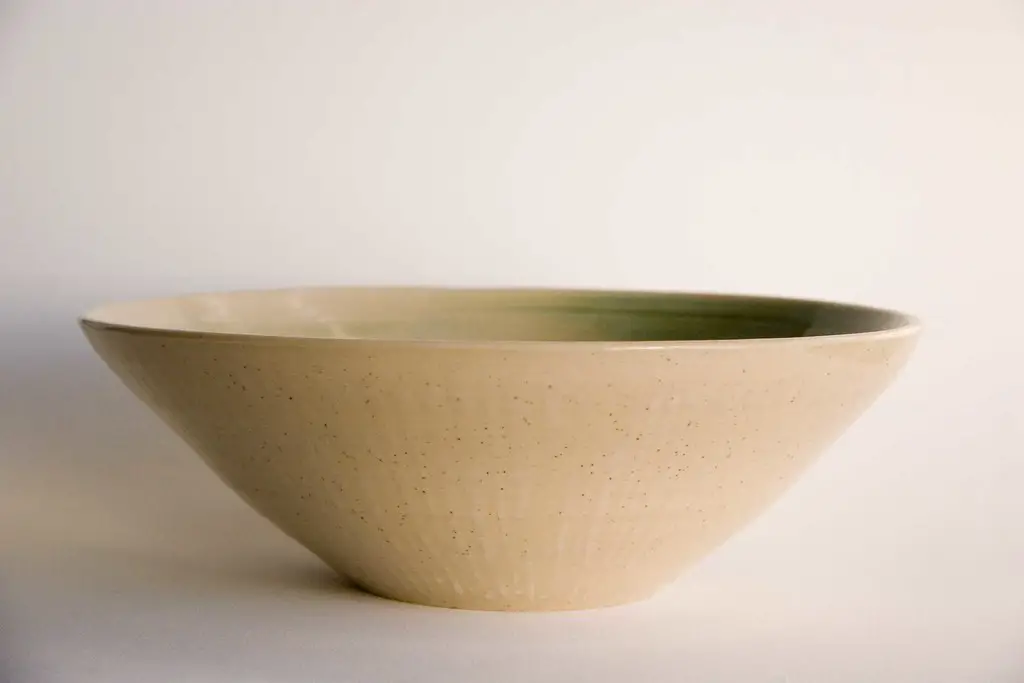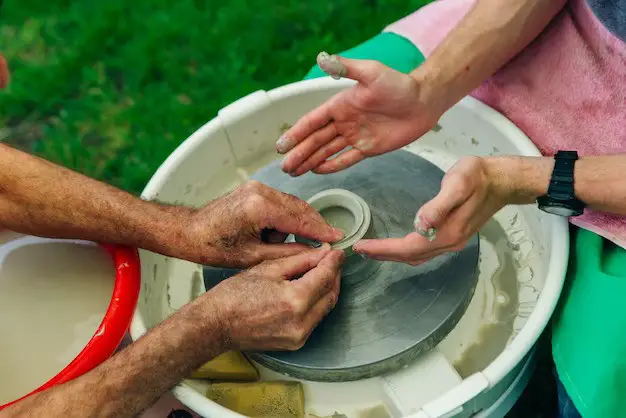Celadon glazes have a long history and are admired and used by skilled artisans worldwide. They are the result of expert craftsmanship. Artists have long created beautiful ceramic wares using these glazes. These glazes are trending amongst new artists with a unique jade hue and stunning crackle effects. We have brought forward the best recipes for Celadon glazes that you would love to experiment with.
What are Celadon Glazes?
Celadon glaze is an ancient Chinese glaze type that has gotten recognition due to its aesthetically pleasing finish to the ceramic wares. Let us learn about its history and distinctive characteristics:
Historical Background
The first instances of creating and using celadon glazes have been from Ancient China, specifically during the Song Dynasty (960 AD- 1279 AD). This era is unique due to celadon ceramics‘ peak creation and popularity. These wares were adored for their soft green hues and detailed designs. The secret techniques of creating, applying, and firing celadon glazes were royally guarded. Only the most skilled artisans knew how to work with these glazes in their workshops! Celadon glazed items were domestically revered and exported to other East Asian areas and beyond.
Common Characteristics
Celadon glazes have some excellent characteristics that define their unique artistic implications. Here are some top qualities to know about:
| Characteristics | What Do They Imply? |
| Subtle Green Color | The soft green color, similar to jade, is the signature characteristic of celadon glazes. It is due to the presence of iron oxide. |
| Translucency | Celadon glazes give your pieces unique clarity, creating a luminous effect. This characteristic adds depth to the ceramic pieces. |
| Smooth, Glossy Surface | Celadon glazes boast a smooth and glossy surface, which presents a luxurious finish. |
| Crackling Patterns | Many celadon glaze finishes have crackling patterns that occur naturally during the firing process. |
| Delicate Appearance | Celadon glazes make the piece durable yet maintain a delicate appearance on the surface. |
| High-Quality Craftsmanship | Celadon glazes demand high-level craftsmanship. Preparing the mix, applying it evenly, and firing it to perfection is a great skill. |
Essential Ingredients and Tools for Celadon Glazes
Before you create your celadon glazes, you should know what goes in them and what tools are the right ones. Let us get into these aspects:
Key Ingredients
These are key ingredients used for celadon glazes:
- Silica: Silica is the glass-forming agent in a celadon glaze. It ensures melting and flowing in the glaze when you fire it. It makes the wares durable with a smooth and glossy surface.
- Alumina: Alumina stabilizes celadon glazes since it keeps the glaze from running or dripping during firing.
- Iron Oxide: Iron oxide gives celadon glazes their unique green color. You can also alter the amount of iron oxide in the glaze recipe to achieve various shades of green.
Tools You Will Need
You need only a few simple tools to make a good celadon glaze. First, bring some bowls and spatulas to mix. Second, keep a sieve handy to strain out lumps. Brushes give pottery a polished look through an even finish. You can use Geelin’s 9Pc Pottery Glaze Brush Set to apply your celadon glaze on your wares smoothly. The brushes have high-quality bristles with wooden bodies to ensure better use.
Simple Celadon Glaze Recipe

As a beginner, you need practice to master the celadon glaze. Here is a simple celadon glaze recipe to try out:
Step-by-Step Preparation
- Measure Ingredients: Mix the needed amounts of silica, alumina, and iron oxide into the glaze recipe.
- Combine Dry Ingredients: The glaze thoroughly with a spatula or a whisk; stop only when the mixture has become entirely homogenous.
- Add Water Gradually: Slowly add water to this mix of dry ingredients. Stir the glaze consistently to ensure no lumps are formed.
- Sieve Glaze Mixture: Pass the mixture through a fine sieve various times to eliminate lumps/ debris/ impurities.
- Apply Glaze: Use a clean brush to apply the glaze to the surface of the cooled ceramic piece. Ensure a uniform layer is formed without any drips.
- Dry Glazed Pieces: Let the glazed ceramic dry out entirely in the open before firing it in the kiln. It helps eliminate any excess moisture.
Firing Recommendations
Here is how you can optimally fire a Celadon glazed piece:
Take care of the recommended firing schedule, no matter which celadon glaze recipe you use. Increase the kiln temperature slowly to ensure no defects or sudden shocks.
Stay between 1200°C and 1300°C to get the right results. Keep your attention on the changes in temperature throughout the firing process.
You can experiment with various firing atmospheres, like oxidation or reduction. It can help you get different effects whenever you use the celadon glaze. Oxidation firing produces brighter colors, while reduction can produce richer colors.
Advanced Celadon Glaze Recipes
Now that you know the basics of creating Celadon glazes, it is time to move towards varied and advanced glaze recipes. Here are some variations to make your recipes even more complex:
Variation 1: Adding More Minerals for Depth
Consider experimenting with more minerals besides those you already use. Try different quantities of magnesium, potassium, and calcium to add depth and complexity to the glaze. These minerals directly alter the composition and texture of the glaze, resulting in a richer color.
Variation 2: Incorporating Oxides for Color Effects
You can further add metal oxides to your celadon glaze recipe. It can help you achieve striking color variations and visual effects. A good example is copper oxide, which gives the wares a vibrant blue or turquoise hue.
Variation 3: Experimenting with Flux Ratios
Flux materials control the melting behaviors in celadon glazes. These may include dolomite, feldspar, calcium carbonate, sodium carbonate, and many similar materials. When experimented with, the different ratios of flux materials produce various glossiness, viscosity, and melting temperature results. Try this variation for satin, matte, glossy, or velvety finishes.
Conclusion
Celadon glazes are one of the most elegant and sophisticated ceramic complements. With their unique green shades and translucent finishes, it has won the hearts of many artists. You can create beautiful pieces by mastering this glaze’s basic recipe and advanced variations.

